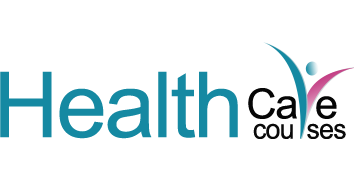Health Care Level 7
Health Care Level 7: A Comprehensive Overview
Health Care Level 7, also known as HL7, plays a crucial role in healthcare interoperability and data exchange. It is a set of international standards for the transfer of clinical and administrative data between software applications used by various healthcare providers.
Key Components of Health Care Level 7
HL7 consists of several key components that facilitate seamless data exchange in the healthcare industry. Some of these components include:
- HL7 Reference Information Model (RIM)
- HL7 Clinical Document Architecture (CDA)
- HL7 Fast Healthcare Interoperability Resources (FHIR)
Benefits of Health Care Level 7
Implementing HL7 standards in healthcare systems offers numerous benefits, including:
- Improved data interoperability
- Enhanced patient care coordination
- Streamlined administrative processes
HL7 Adoption Statistics
| Country |
Percentage of Healthcare Providers Using HL7 |
| United States |
85% |
| Canada |
70% |
| United Kingdom |
60% |
Challenges in Implementing Health Care Level 7
While HL7 standards offer numerous benefits, there are challenges associated with their implementation, such as:
- Complexity of data mapping
- Integration with legacy systems
- Compliance with evolving standards
Conclusion
Health Care Level 7 is a vital component of modern healthcare systems, enabling seamless data exchange and interoperability. While there are challenges in implementing HL7 standards, the benefits far outweigh the difficulties. As healthcare providers continue to embrace digital transformation, HL7 will play an increasingly important role in improving patient care and operational efficiency.
